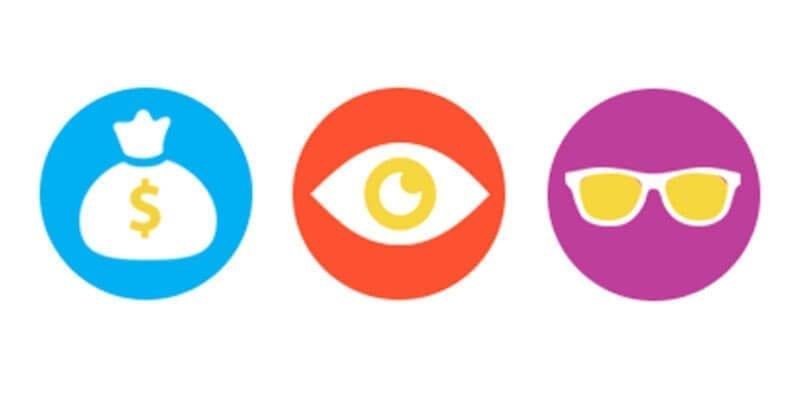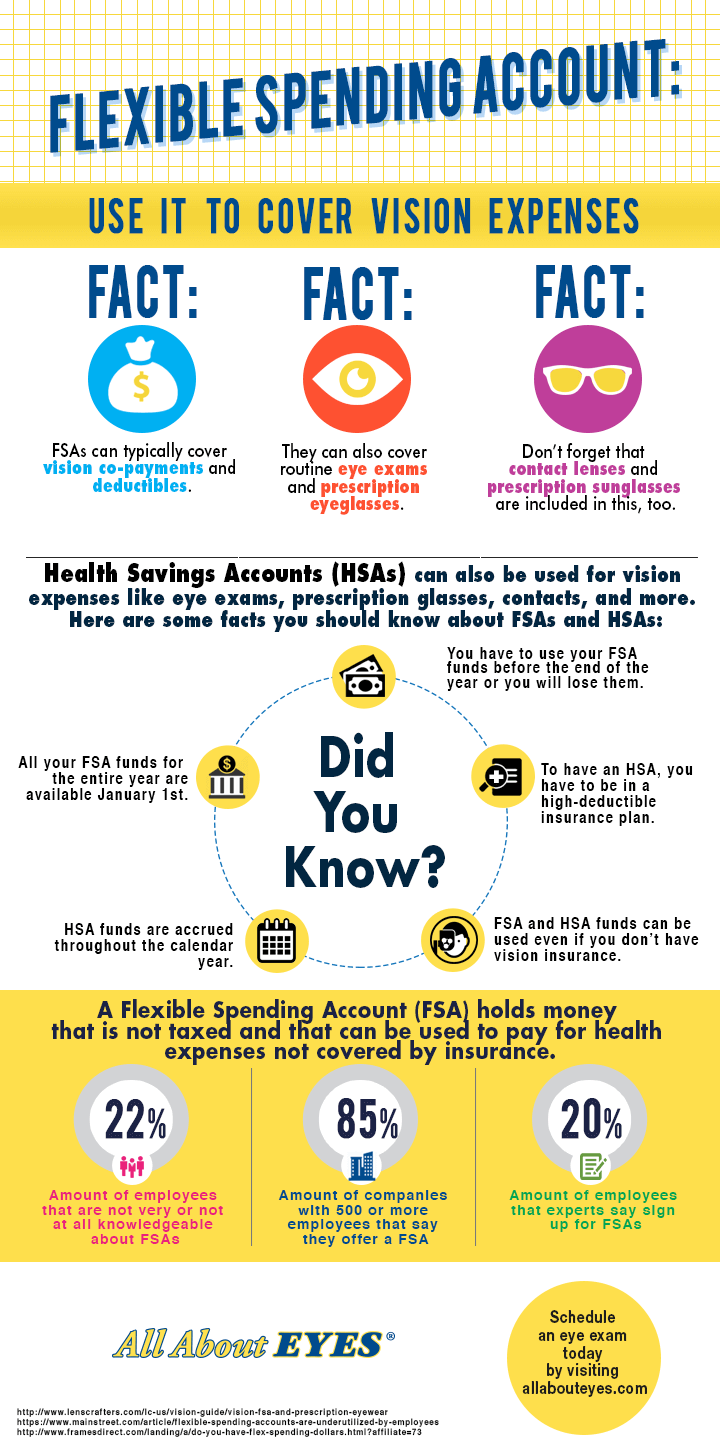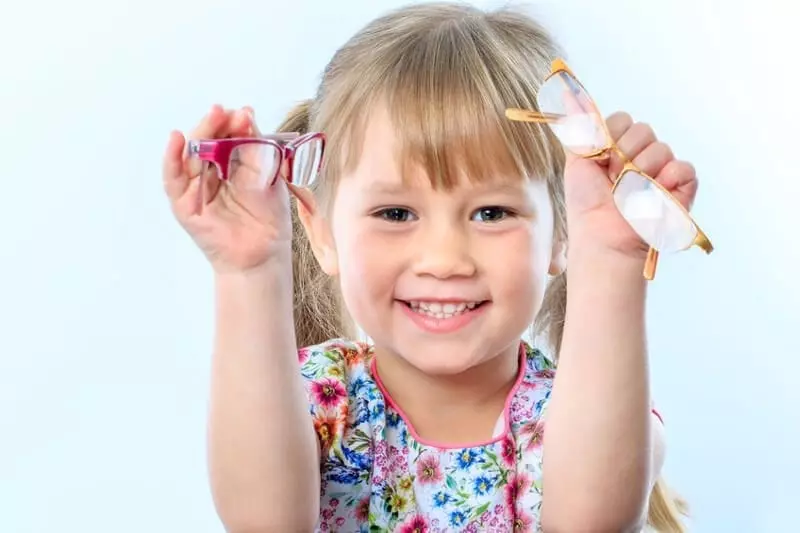
Should You Get Progressive Lenses?
If you were born any time between the ‘60s and the ‘90s, you probably remember adults around you wearing bifocal lenses, or glasses with two lenses. Most bifocal glasses have a line that clearly separates the second, smaller lens from the larger one.
In 2016, though, you probably see fewer people wearing these types of glasses. Many adults have chosen to wear progressive lenses. These glasses still have multiple planes of focus but without the obvious line that differentiates the lenses from each other.
Nearly everyone needs either bifocal, multifocal, or progressive lenses later in life—but which ones are right for you, and why should you consider choosing progressive lenses over bifocals?
Why Do Most Adults Need Bifocal or Progressive Glasses?
As you age, you almost inevitably develop presbyopia, which translates quite literally to “aging eye.” In 2005, the World Health Organization reported that at least one billion people worldwide had this problem. Presbyopia affects people who have always worn glasses and people who have always had perfect vision alike.
Presbyopia happens because as you age, your eyes’ lenses gradually harden. They’re no longer as elastic as they were when you were young, so they have a harder time focusing on the objects around you, especially on nearby objects. Most people start to notice presbyopia when they can’t see words on a page or computer screen as well as they once did.
While age-related vision changes are certainly annoying, they’re perfectly natural. If you suddenly struggle to see things up close around the age of forty, you’re not alone, and nothing out of the ordinary is happening to you—you don’t need to worry that you’re going blind. Presbyopia is easily corrected with the right type of glasses.
Presbyopia requires a different type of lens correction than nearsightedness or farsightedness. If you only have one of those two vision problems, you only need single vision lenses, where the lens improves your sight at the same level all the way across the lens.
In contrast, if you have presbyopia, you need lenses that improve the way you see both near and far-away objects. As a result, bifocal, multifocal, and progressive lenses have multiple focal points and different amplification levels depending on the part of the lens.
What’s the Difference Between Bifocal and Progressive Glasses?
Most bifocal and multifocal glasses have a clear demarcation between the different parts of the lens. Usually, one of the parts, or segments, is located in the bottom corner of the glasses near the nose. The dividing line between the two prescriptions is usually at the same level as your bottom eyelid.
When you wear bifocals, you shift your gaze to the second lens to look down at a nearby object. When you want to look at something farther away, you gaze up through the top half of the glass. The shift between the two prescriptions and planes of vision feels jarring for many first-time glasses wearers, and it can take time to adjust to the divided sightline.
When you use bifocal lenses, you often experience an “image jump” when you look up and then look down. An object suddenly appears much bigger, which is startling until you get used to it. Your depth perception might feel off for a bit.
In contrast, progressive lenses eliminate the distinct divisions between different prescriptions. There aren’t any lines in the lens—instead, your vision flows smoothly. Like bifocals, you’ll still look up to see far away objects. Unlike bifocals, progressives have a middle or intermediate area. You’ll look straight ahead to see objects in the middle distance — such as a computer screen. And you’ll look down to see objects close to your face, but you naturally make these moves anyway.
Most people have a much easier time adjusting to progressive lenses than they do to bifocal or trifocal lenses. However, bifocal lenses can be a good depending on your individual situation. For instance, if you’ve grown accustomed to bifocals, switching to progressives will take some getting used to. Additionally, progressives can cost a little more than standard bifocals.
Do You Have Other Choices?
If you have presbyopia, you might not need to start wearing progressive or bifocal lenses immediately. If you only have a hard time seeing things up close, you might just need reading glasses, which you use whenever you read or use the computer. However, if your vision is blurry enough that you can’t see near or far things, a progressive set of lenses might be a better option.
You can also try contact lenses that have different prescriptions for each lens. You might use the left lens to see far-away objects and the right lens to see up-close objects. Over time, your eyes and your brain adjust to this mode of seeing. However, the change can be very disorienting at first. It can also give you headaches and limit your depth perception. Your eye doctor can give you more information on this option.
You can also combine both reading glasses and contact lenses. If far-away objects are only slightly blurry, you might be able to wear low-prescription contact lenses and then put on reading glasses to see words on a page or screen.
Finally, some forms of surgery can temporarily relieve the symptoms of presbyopia. Currently, though, surgery isn’t a long-term solution. Advanced long-term solutions could be on the horizon, but for now, glasses and contacts are a non-invasive, practical, and affordable solution to blurred vision.
Talk to Your Eye Doctor for More Help
Your optometrist knows your eyes better than anyone else. If you need progressive lenses, he or she will let you know. Your eye doctor can also talk to you about the pros and cons of different options, from surgery to contact lenses to bifocals. Schedule an appointment and learn more about progressive lenses and bifocals on our website.



